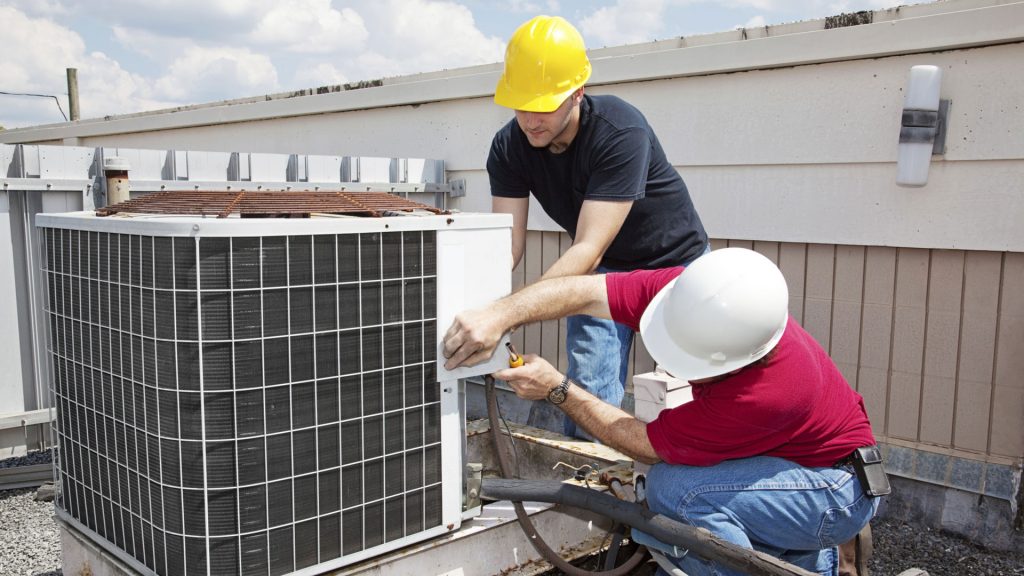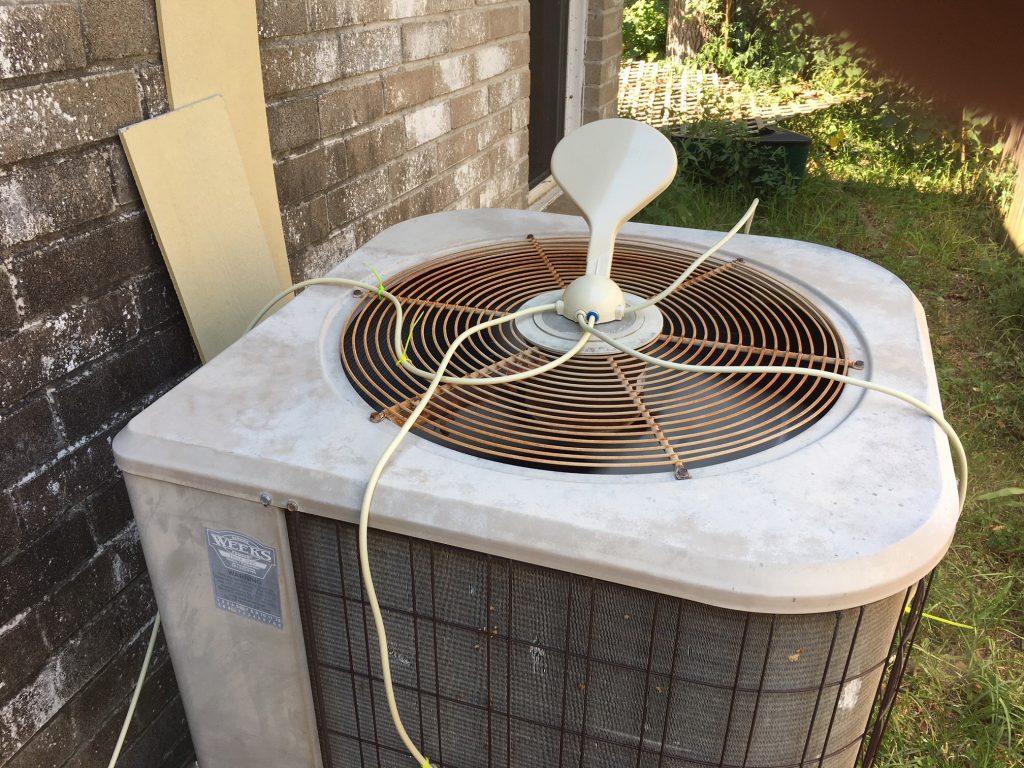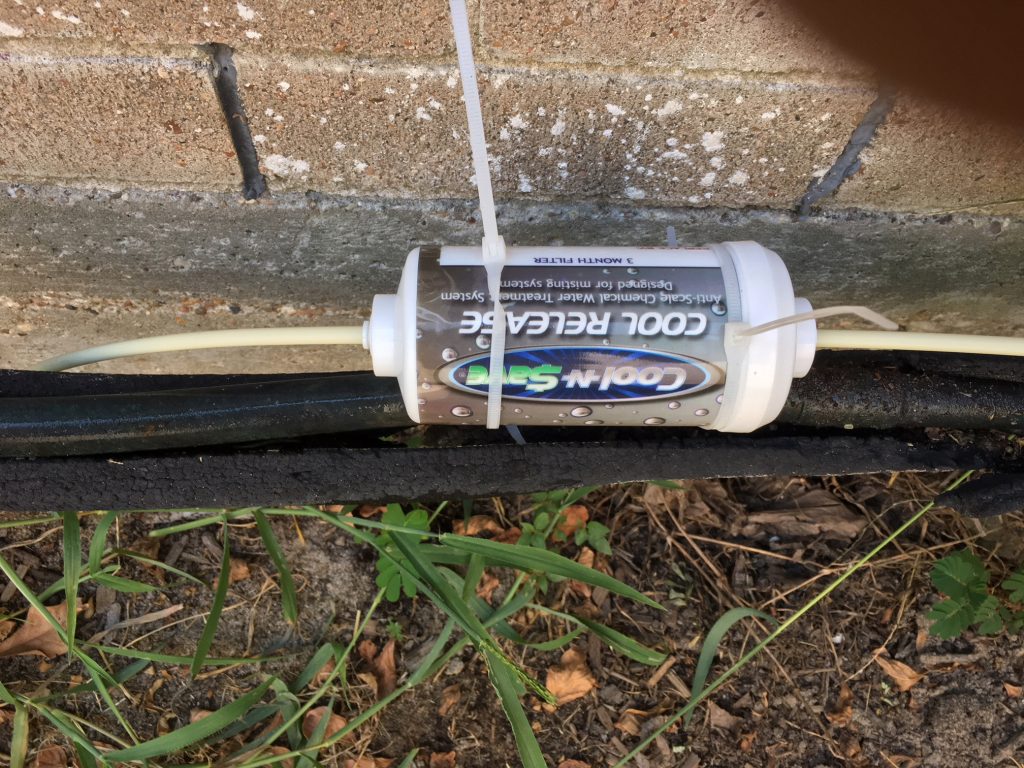by Kelly R. Smith
|
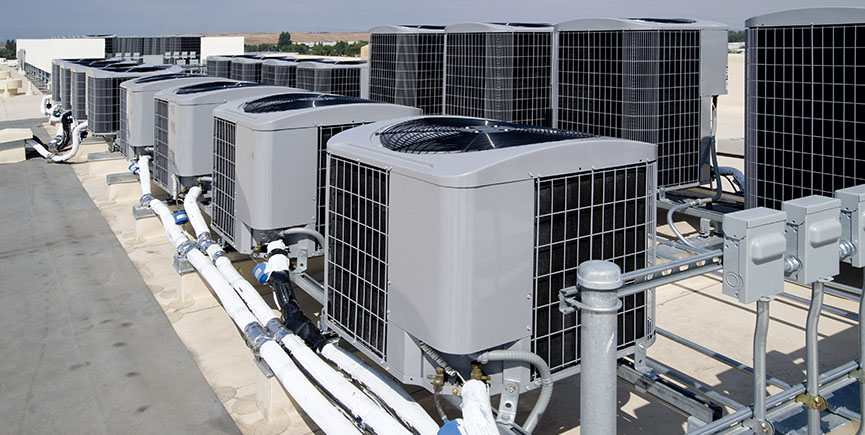
This article was edited on 10/21/20.
What a question; it’s the proverbial killing of two birds with one stone. On the one hand, we could enjoy all the interior comfort we want and on the other hand, we could save the planet. Of course that would mean Al Gore would experience a loss of income as the Reigning King of climate change.
The Concept Of Generating Liquid Hydrocarbon Fuel From Air
Roland Dittmeyer, a chemical engineer at the Karlsruhe Institute of Technology in Germany posited this theory, recognizing that HVAC systems (Heating, Ventilation, and Air Conditioning) move a huge quantity of air. Consider this — they can recycle the entire air volume in an office building 5 or 10 times each hour (when the system is properly configured and maintained). Besides obviously cooling the air, the system also removes carbon dioxide and humidity from the air. It’s the carbon dioxide, the reputed villain of climate change, that we are concerned with from the global warming point of view.
The moisture is important as well. When both of these things are captured, the idea is to convert them first into hydrogen, and then perform a multi-step chemical process to convert the hydrogen into liquid hydrocarbon fuels. Dittmeter’s team calls this, “Personalized, localized and distributed, synthetic oil wells” in buildings or neighborhoods.
Although the science is promising, the team’s tone strikes me as somewhat utopian and Marxist as they go on to say this will enable people, “to take control and collectively manage global warming and climate change, rather than depending on the fossil power industrial behemoths.” That sounds like Bolshevik Bernie or AOC.
Problems With A/C to Hydrocarbon Models
- The cost. A chemical engineer at Worcester Institute of Technology, Jennifer Wilcox, says, “The dominant capital cost is the solid adsorbent materials.” These are substances which carbon dioxide adheres to. In addition to the capital cost (equipment purchases), the primary energy cost is the heat necessary to recover the carbon dioxide from these materials post-capture.
- The process is dangerous. Carbon monoxide and hydrogen are toxic and explosive. It could potentially be like docking the Hindenburg on the roof. Producing and holding quantities of the resulting petrochemicals in business and/or residential areas poses its own problems. There is a reason why petroleum and natural gas is stored in tank farms behind fences.
Is this promising technology? Certainly. But presently, it’s in the pie-in-the-sky development phase. The problems listed above will have to be solved before the process of using air conditioners to minimize climate change is feasible. In the meantime, we should keep forging away with new technology.

Looking for more great content? Visit our partner sites:
I offer article and blog-writing services. Interested? Hire Me!
Did you find this article helpful? Thanks for supporting this free site with a small donation! We rely on our readers rather than a paywall to keep the lights on.
Visit Kelly’s profile on Pinterest.
About the Author:
 Kelly R. Smith is an Air Force veteran and was a commercial carpenter for 20 years before returning to night school at the University of Houston where he earned a Bachelor’s Degree in Computer Science. After working at NASA for a few years, he went on to develop software for the transportation, financial, and energy-trading industries. He has been writing, in one capacity or another, since he could hold a pencil. As a freelance writer now, he specializes in producing articles and blog content for a variety of clients. His personal blog is at I Can Fix Up My Home Blog where he muses on many different topics.
Kelly R. Smith is an Air Force veteran and was a commercial carpenter for 20 years before returning to night school at the University of Houston where he earned a Bachelor’s Degree in Computer Science. After working at NASA for a few years, he went on to develop software for the transportation, financial, and energy-trading industries. He has been writing, in one capacity or another, since he could hold a pencil. As a freelance writer now, he specializes in producing articles and blog content for a variety of clients. His personal blog is at I Can Fix Up My Home Blog where he muses on many different topics.



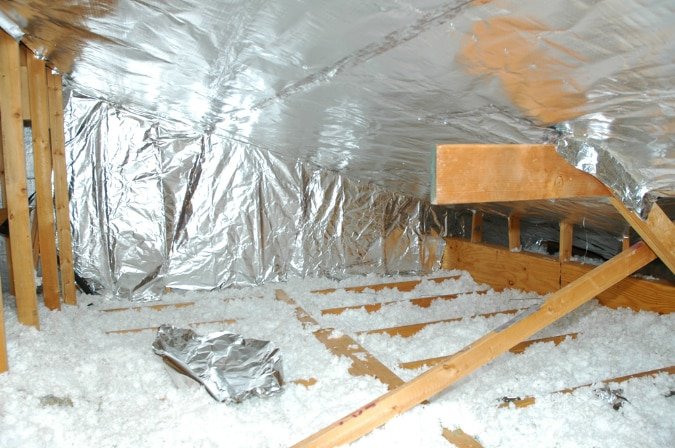
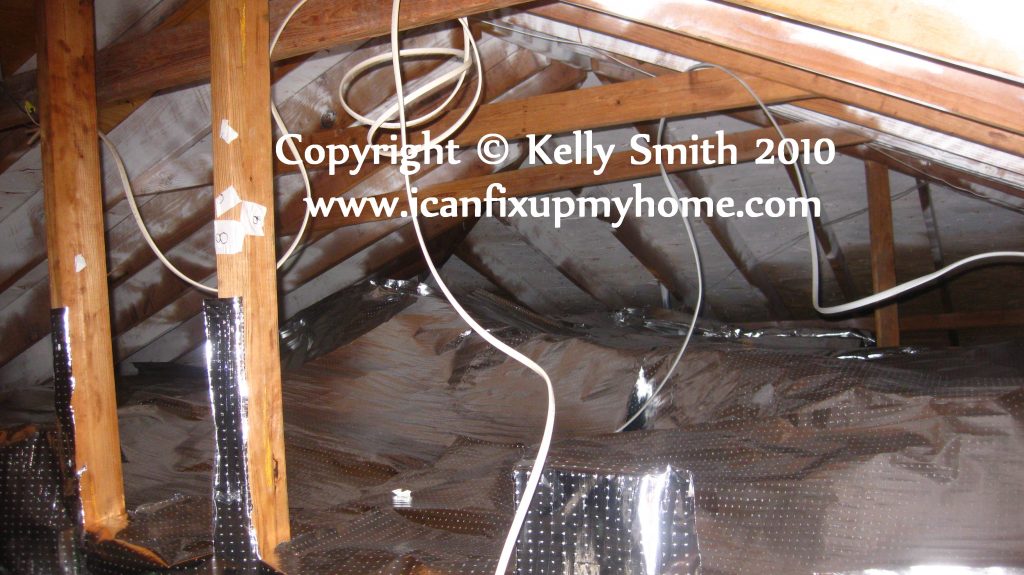

 Kelly R. Smith is an Air Force veteran and was a commercial carpenter for 20 years before returning to night school at the University of Houston where he earned a Bachelor’s Degree in Computer Science. After working at NASA for a few years, he went on to develop software for the transportation, financial, and energy-trading industries. He has been writing, in one capacity or another, since he could hold a pencil. As a freelance writer now, he specializes in producing articles and blog content for a variety of clients. His personal blog is at
Kelly R. Smith is an Air Force veteran and was a commercial carpenter for 20 years before returning to night school at the University of Houston where he earned a Bachelor’s Degree in Computer Science. After working at NASA for a few years, he went on to develop software for the transportation, financial, and energy-trading industries. He has been writing, in one capacity or another, since he could hold a pencil. As a freelance writer now, he specializes in producing articles and blog content for a variety of clients. His personal blog is at 